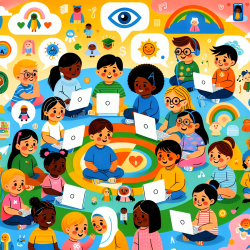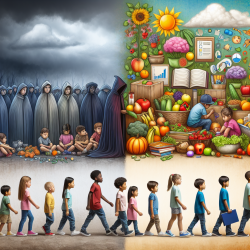Understanding Dyadic Parental Risk Factors in Child Maltreatment
Child maltreatment remains a pressing issue, with approximately 618,000 children in the U.S. experiencing abuse or neglect annually. The study titled "Father–Mother Co-Involvement in Child Maltreatment" offers valuable insights into the risk factors associated with mother-father co-involvement in child maltreatment. This research emphasizes the importance of understanding these dynamics to improve intervention strategies and outcomes for affected children.
Key Findings from the Research
The study utilized a family systems approach to examine dyadic parental risk factors linked with different types of child maltreatment, including physical abuse, neglect, sexual abuse, and emotional abuse. The analysis revealed several critical associations:
- Intimate Partner Violence (IPV): Associated with higher odds of neglect and emotional abuse.
- Parental Substance Use: Linked with higher odds of neglect but lower odds of physical abuse.
- Inadequate Housing: Associated with higher odds of neglect.
- Parental Disability and Medical Conditions: Linked with higher odds of sexual abuse.
These findings underscore the need for a nuanced approach to addressing multiple risk factors within families to prevent future occurrences of child maltreatment.
Implications for Practitioners
For practitioners working in child welfare, understanding the interconnected nature of these risk factors is crucial. Here are some actionable steps practitioners can take:
- Conduct comprehensive assessments of family dynamics and risk factors at the dyadic parental level.
- Implement targeted interventions that address specific risk factors, such as substance use and IPV, within the family system.
- Advocate for policies that provide resources for housing stability and support for families dealing with medical conditions.
By incorporating these strategies, practitioners can better support families and reduce the risk of child maltreatment.
Encouraging Further Research
While this study provides significant insights, further research is needed to explore the nuances of mother-father co-involvement in child maltreatment. Future studies could examine the impact of cultural and socioeconomic factors on these dynamics and explore effective intervention models that address the unique needs of diverse family systems.
To read the original research paper, please follow this link: Father–Mother Co-Involvement in Child Maltreatment: Associations of Prior Perpetration, Parental Substance Use, Parental Medical Conditions, Inadequate Housing, and Intimate Partner Violence with Different Maltreatment Types.










